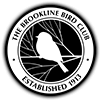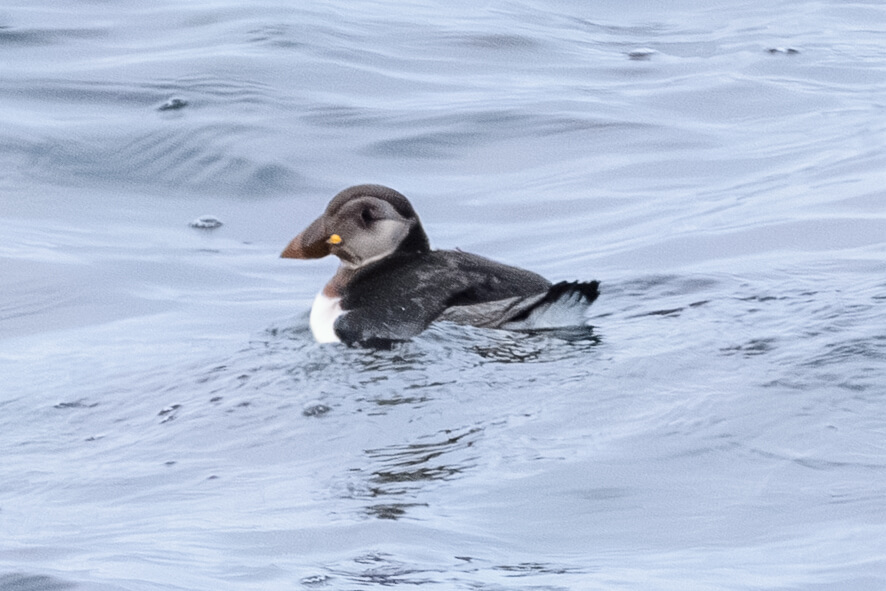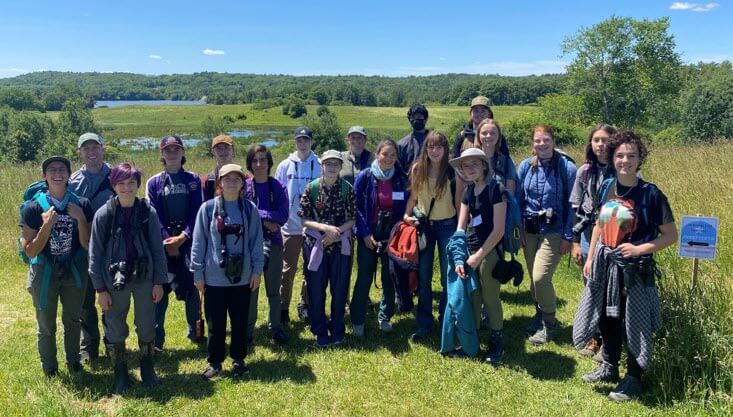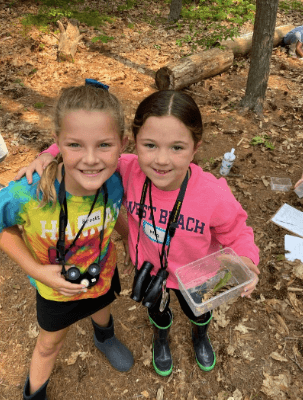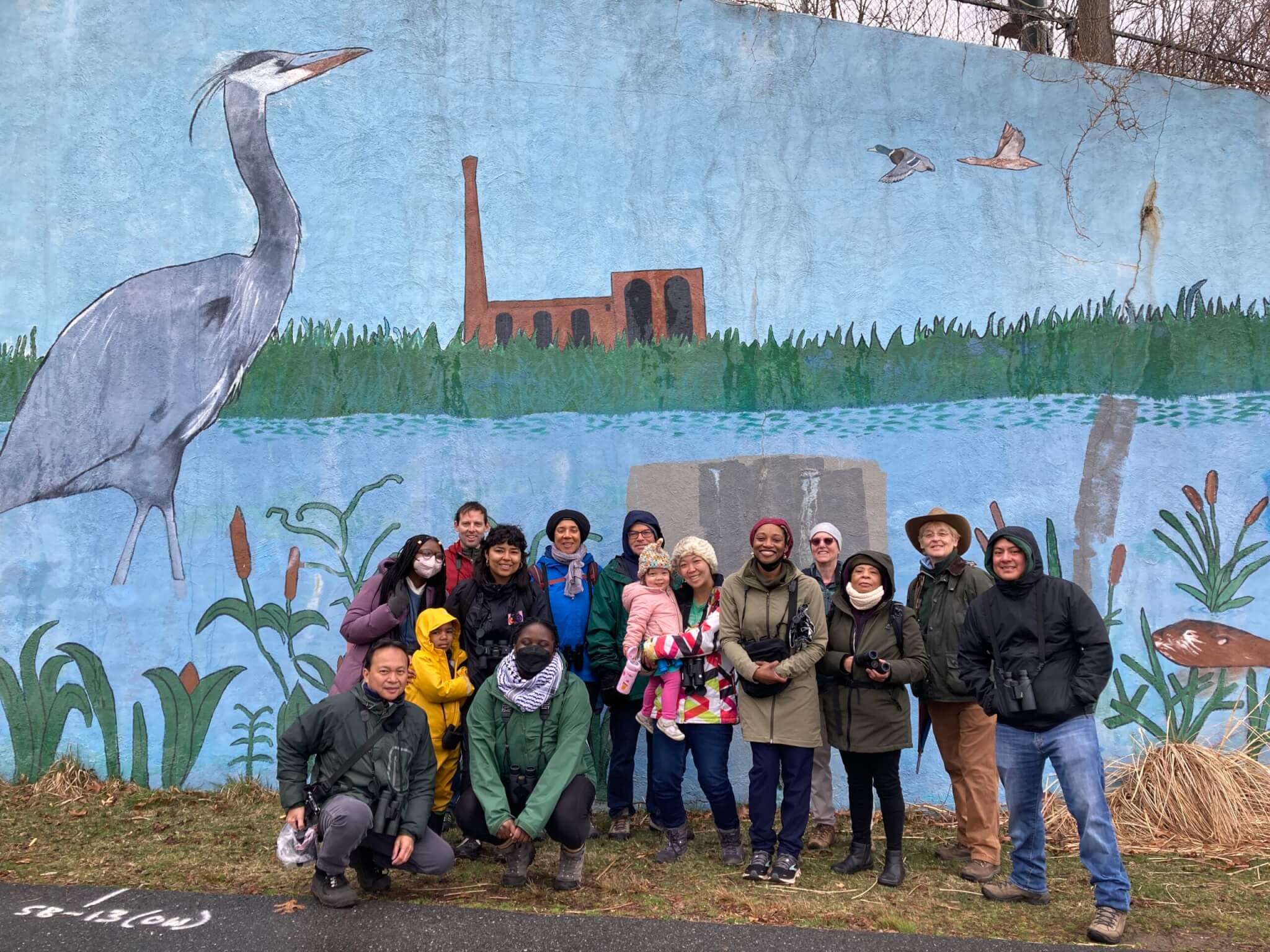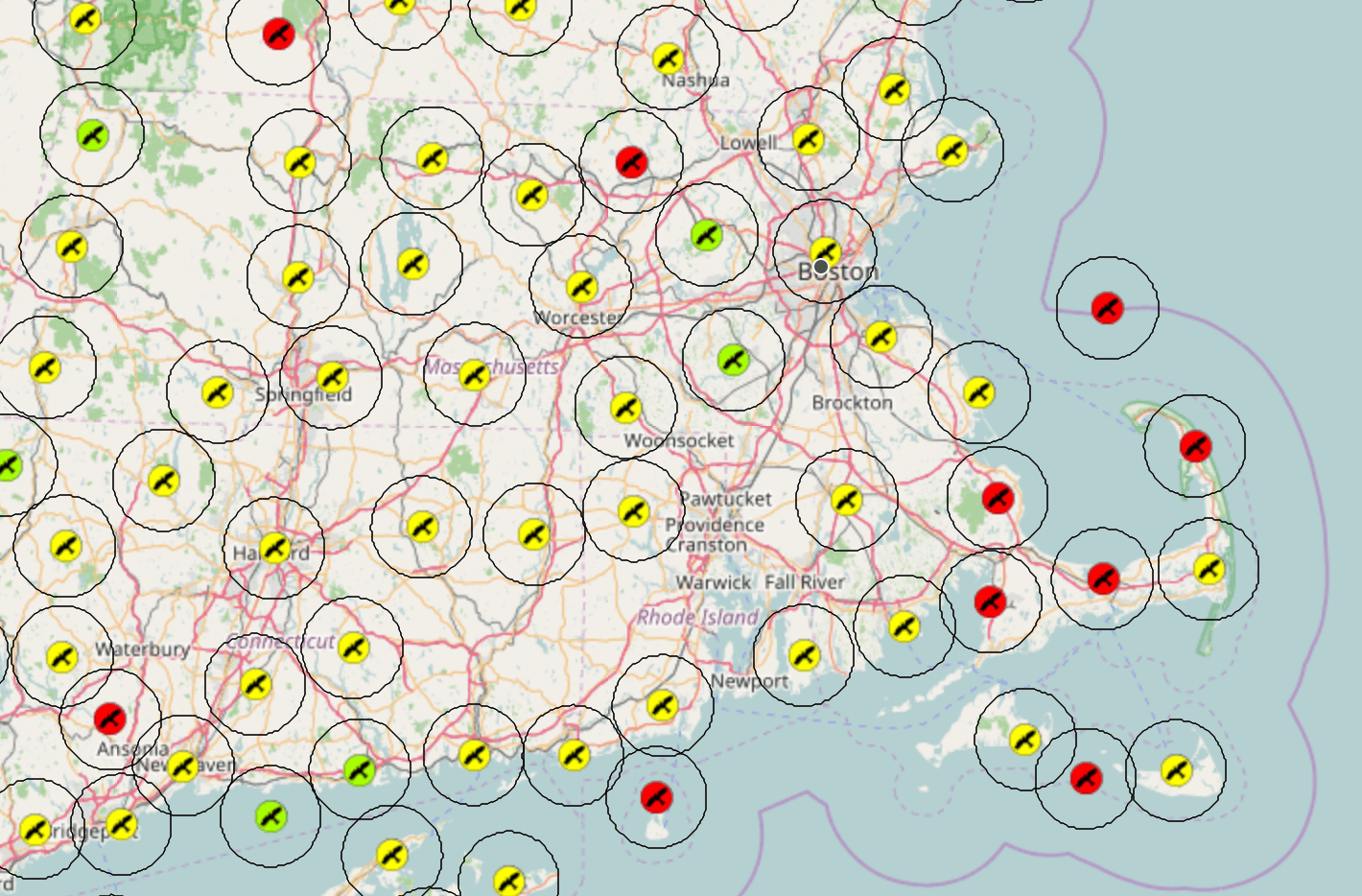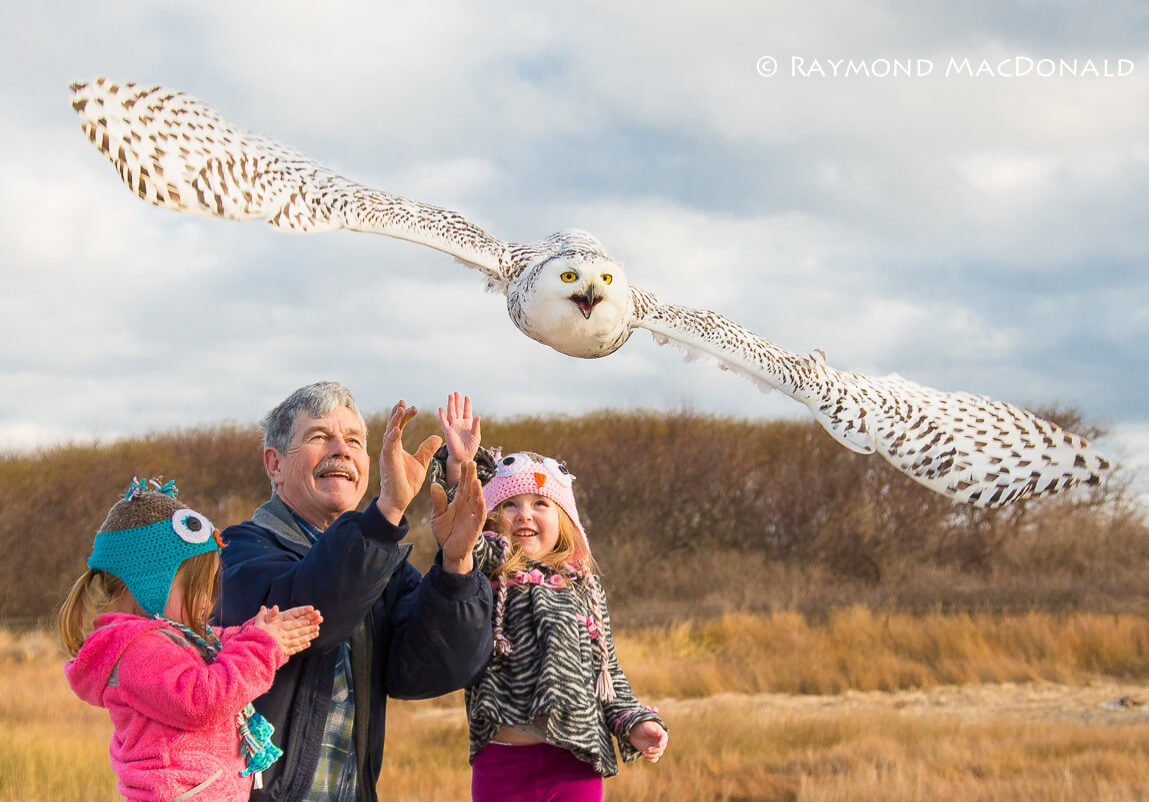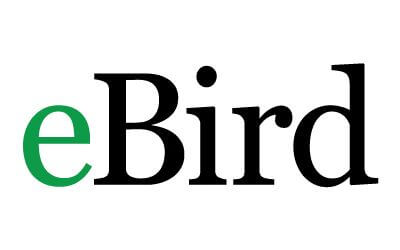
Thanks to Bob Ross for the following article, which started out as a MassBird listserv post:
The eBird Alerts are an indispensable tool when traveling to a new city or region to go birding. I have found these alerts to be a fantastic research tool to pinpoint species and locations and save a great deal of time when searching for birding hotspots and birds I hope to find.
Signing up for Alerts is easy, though it must be done by county. Using eBirds’ Explore tab, an option to sign up for Alerts appears. Needs Alerts and Rare Bird Alerts are useful. Both must be linked to a specific county or coordinates. The organization by county can be a wide area, so using these Alerts to pinpoint where time and effort are most likely to pay off is important.
Needs Alerts will list every bird seen the previous day you have not listed on an eBird checklist for that area. When traveling for the first time to a city or country, these Alerts will list every bird seen the previous day, since you will not have entered any checklists yet. These are the most helpful Alerts because they are not only comprehensive but also allow for locating the most common places where birders are active. The reports also list common species which can be new to you. You can also limit Alerts to just the current year.
We can assume eBird is used by the most active birders. We can also assume these birders are among the best and most experienced in the area. What you will find in these Alerts is the more promising and popular birding spots appear often across individual checklists. Also, when a species is reported by multiple birders, it is confirmation the bird was found and is verified.
Rare Bird Alerts are a bit tricky. These Alerts do not list only the variants and rarest birds seen. The Alerts often list common birds found outside of the typical expected location. For instance, a seabird might be found on an interior lake. A bird typically found in the interior might be found along the shoreline. “Rare” can indicate both rarely seen species but also misplaced common species. I reported song sparrows at a local park and was surprised to see my report listed on the Rare Bird Alert for that day. I found several and Merlin picked up their song consistently. In this case, “Rare” meant only “early,” I assume. While not all birds listed on a Rare Bird Alert will be rare species, these can often lead you to the most promising sites. When a truly rare bird for the area is scene, these Alerts can offer you the best chance to find it. It might be the only chance in a lifetime to see that bird.
Before birding a new area, I sign up for these alerts at least a week before arriving. These then provide the opportunity to plan and map out birding locations where I hope to find specific species I am targeting. If I cannot pin down a targeted species, I can then reach out to local birding clubs or groups. I find the Audubon chapters are often not that helpful, as they are typically manned by volunteers who are often not active birders, and naturalists are rarely available.
Birds Connect Seattle is an example of a local birding organization that can be very helpful. Birding groups are common in many cities and around birding hotspots. Social media and internet searches can help locate these. Birders love to share their successful finds and locations. This is also a great way to join any local excursions with experienced birders. Do not be afraid to ask if you can come along.
Here is an example of how the Alerts assisted me during a recent trip. Seattle is among the best cities on the West Coast for birding. Many species can be found in and around the city, including seabirds who come in closer to shore in the winter and can also be seen on pelagic trips during the warmer months. Variants from Alaska, Japan, and Asia are not unusual. Species from all over the Pacific Ocean region can show up as they ride the ships into Seattle’s very busy ports.
From eBird reports, I learned that Rhinoceros Auklets were seen close to downtown piers. There are several species of auklets in the Northwest, though most cannot be found near shore. Rhino Auklets are often seen in the winter from popular spots such as the Seattle Aquarium and the docks and piers along the waterfront. The Needs Alerts listed several consistent sightings of Rhino Auklets in the downtown shoreline area. The birds would not be listed on a Rare Bird Alert, because they are not rare along the waterfront in the winter months.
I went to the aquarium and walked along the busy sidewalks lining the shore, but I had no luck. Then, it occurred to me to hop a ferry, which runs from Seattle to Bainbridge and another island almost every hour for nearly 24 hours. The ferry to Bainbridge is $10 round trip.
Weather is, of course, an important consideration when birding anywhere. During Seattle winters, birds often need several morning hours to warm up, so early morning birding is not as productive as mid- to late afternoon birding. Seabirds and gulls can be spotted at any time of day. I took a 12:30 p.m. ferry and found the timing to be perfect.
The ferry ports are very active. Another ferry was pulling out as mine was boarding. From experience, I knew sea birds and gulls often come in behind ferries because these larger ships stir up the smaller fish in their wake. Standing on the upper deck and watching the other ferry, I noticed a small gray bird suddenly appeared and dove into the wake. It was the auklet I was searching for. I saw the target species before my ferry left the dock, but it would have been difficult to see it from shore as the angles were unfavorable. The alerts then were correct, the birds were close to the city shoreline but the right angle was necessary to find one.
The listing on the Needs Alert confirmed they were being seen closer to shore, and the number of listings indicated a scope might not be required. This encouraged me to search along the shoreline, and led to the idea of hopping a ferry to get a different viewing angle, so using the reports paid off. During the crossing I also found several Pigeon Gallinules, a Marbled Murrelet, Pelagic and Brandt’s Cormorants, and a Black-head Gull. All but the gull, which eventually made the Rare Bird Alert from my checklist, were listed on the Needs Alerts.
As so many birders now know, eBird offers an exciting range of useful tools. Using Needs and Rare Bird Alerts to plan a birding trip and to target species can be a very productive approach to maximizing your birding time and finding the birds you hope to see when traveling.
My Seattle EBird Checklists: S209624143, S209222577, S209156595, S209624143.
News Categories
Upcoming Field Trips
-
-
Belle Isle Marsh and Vicinity
East Boston - Belle Isle Parking Lot 1399 Bennington Street, Boston, MA, United StatesLed by DCR staff. We will search on foot up to one mile, on flat, easy terrain for snowy owls and other raptors, native sparrows, finches, waterfowl, and other birds. This is a traveling program by car or bike. Prepare for ticks. Ages: Adults and kids 8 years+ with adult chaperone. Binoculars recommended. ADA/Reasonable Accommodations [...]
-
Early Birders @ Chestnut Hill Reservoir, Boston
Chestnut Hill Reservoir 2420 Beacon Street, Boston, MA, United StatesJoin fellow birders in their 20s-30s as we visit Chestnut Hill Reservoir for a low-key bird outing before the new year! Located on the outskirts of Boston next to Boston University, Chestnut Hill Reservoir is a former water supply distribution reservoir that is a hot spot for waterfowl activity & other residents. Expect to walk [...]
-
-
Race Point Beach
Provincetown - Race Point BeachLet’s start the year with some awesome birds! We will bird from the beach close to the parking lot. We may walk the beach depending on participants interest. Several species of alcids are possible as well as gannets, Iceland and Glaucous Gulls and three loon species. Dress for cold windy weather. We may try other [...]
-
New Year’s Day Birding — Newburyport and Vicinity
Newburyport - Cashman Park 68 Sally Snyder Way, Newburyport, MA, United StatesJoin us on our annual New Year’s Day birding trip! We may also venture on to Cape Ann. In case of inclement weather check with leader night before trip. Note that an entrance fee or pass is required to visit Parker River NWR.
-
Belle Isle Marsh and Vicinity
East Boston - Belle Isle Parking Lot 1399 Bennington Street, Boston, MA, United StatesLed by DCR staff. We will search on foot up to one mile, on flat, easy terrain for snowy owls and other raptors, native sparrows, finches, waterfowl, and other birds. This is a traveling program by car or bike. Prepare for ticks. Ages: Adults and kids 8 years+ with adult chaperone. Binoculars recommended. ADA/Reasonable Accommodations [...]
